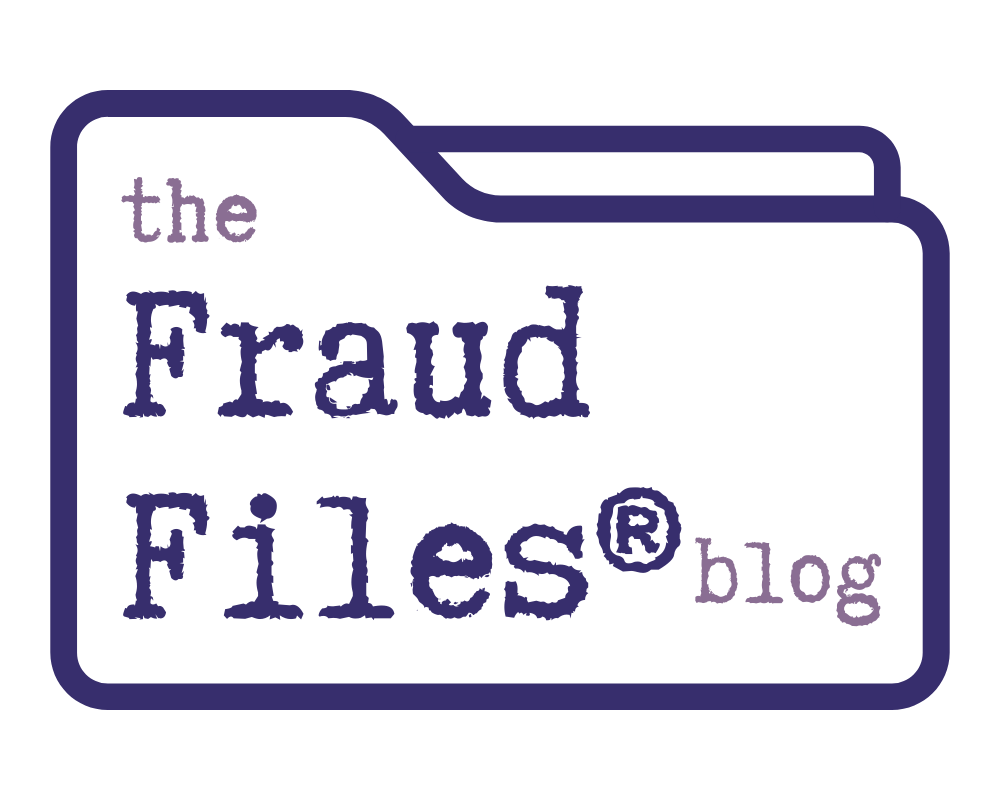 How does a company with about $40 million in annual revenue fall victim to a $31 million (or more) fraud by the VP of Finance? Simply, Koss Corp. gave Sue Sachdeva the keys to the castle. She apparently ran the company’s finance function with little oversight from anyone else.
How does a company with about $40 million in annual revenue fall victim to a $31 million (or more) fraud by the VP of Finance? Simply, Koss Corp. gave Sue Sachdeva the keys to the castle. She apparently ran the company’s finance function with little oversight from anyone else.
Koss has done something I think is a bit unusual. In a filing with the SEC, the company detailed the alleged theft by year:
2005 – $2,195,477
2006 – $2,227,669
2007 – $3,160,310
2008 – $5,040,968
2009 – $8,485,937
2010 – $10,243,310 (two quarters)
What’s unusual is that the company was willing to provide this significant information related to the fraud, but still has not given any information as to how the fraud was concealed by Sachdeva. Why release the amounts but not the methods? Certainly if the company knows with some certainty how much was stolen, they also know how it was done.
There are several theories about how Sachdeva hid her $31 million theft for more than five years. In my opinion, the most likely scenario was that she expensed the theft, most likely using cost of goods sold accounts because those would be some of the largest accounts and a variance in them is easily explained. This is also attractive because it does not create a need for additional accounting entries after the theft was booked. It’s not messy and it has a pretty good chance of going unnoticed by the auditors if it is done right.
But I’ve heard from a few sources who I consider to be very reliable that Sachdeva hid her theft by not recording revenue. This would mean that Koss’s revenue was understated by $31 million during the time she was committing her theft. There are pros and cons to concealing a fraud by this method.
Cons: Intentionally understating revenue to cover a theft is messy. If Sachdeva used this method to conceal her fraud, she would have had to devise a way to bill customers (so that the money actually comes in the door and is available to steal) but not have it show up on the books. How could this be achieved? Someone could create invoices outside the accounting system, and make them look like authentic invoices. The other option is to use Koss’s accounting system to generate the invoices, but later reverse those invoices so that revenue is reduced in an amount equal to the theft. It’s messy, and requires a fair amount of work either way.
Pros: There is almost no chance that the auditors will discover the theft and the cover-up. he bulk of the auditors’ work is spent on the balance sheet. So long as transactions related to the theft don’t show up in the ending balances of the balance sheet accounts, she’s pretty safe there.
Then the auditors move over to the income statement. The procedures performed there are quite limited. The focus will be on the risks related to net profit. The biggest risk is that a company is overstating their profits, either by overstating revenues or understating expenses. There is very little risk that a company is going to understate revenue or overstate expenses, because both of those reduce net profit. (Yes, there are some circumstances in which companies might do this. For example, if they want to hold some revenue and push it into the next reporting period, they might purposely understate revenue for the current period. This is not that common, however.)
So on the revenue side, the auditors are most commonly looking for evidence that revenue might be overstated. They’re not looking for unrecorded revenue, which is what the rumor mill says Sachdeva was doing. Unrecorded revenue is nearly impossible to find, even if the auditors are actively looking for it. How on earth does one find evidence of sales that have not been entered into the accounting records? You can’t find something in nothing, so it’s unlikely that the auditors would uncover understated revenue unless there are some other clues that point to such a scheme.
Do I think that Sachdeva could have committed her fraud by underreporting revenues and stealing the customer payments related to those sales not on the books? Yes. It’s not the most palatable because it’s a bit messy to carry out. But the flip side is that the auditors have almost no chance of uncovering such a scheme.
Although Koss hasn’t told us much about how the fraud happened, they were kind enough to report to the public that since they’ve fired the employee responsible for stealing $31 million, their financial results will improve. Indeed, if the unrecorded revenue theory is correct, that means that over the last five-and-a-half years, the company had at least $31 million more in revenue than reported on their financial statements. The bottom line is that their bottom line will go up by $31 million for that period, which is quite an improvement over the numbers previously reported.
6 Comments
Leave a Reply




Hey Tracy: I like your theory about how Suzy screwed Koss. But–if, as you suggest, she was burying “expenses” in various line items and she had to do so in relatively small amounts to avoid detection during auditors’ testing, wouldn’t she have had to be incredibly busy every day burying $20K here, $15K there, etc., etc? To conceal $5m a year, she’d have had to make fraudulent expenses entries on practically a daily basis. It’s bad enough for management to be caught asleep at the wheel when someone makes a single illegal transaction. But If what you suggest about Suzy is accurate it would make Koss management look stupider than they already do by having had thousands of dollars stolen virtually every day right under their noses.
Guess we’ll need to wait until the lawsuit against GT gets underway to learn how Suzy actually did it…
Possibly. During the first few years, I don’t think it would have been that time consuming. More recently, there was much more to hide, and so I think it would have taken more effort.
Although the latest word on the street is that my expensing theory is wrong and she was actually burying it by not recording revenue:
http://www.sequenceinc.com/fraudfiles/2010/04/01/koss-fraud-unrecorded-revenue/
I anxiously await the official word on how the fraud was concealed.
Peter: You say: “Guess we’ll need to wait until the lawsuit against GT gets underway to learn how Suzy actually did it…” That is wishful thinking. A lawsuit by Koss against GT will not get to the bottom of the fraud. The very best forensic accountants aren’t going to be engaged by Koss, as the objective of such a lawsuit would be for Koss to extract a settlement and attempt to save face by diverting attention away from management’s responsibility.
The only way that real forensic accountants are going to get the opportunity to genuinely crack this case is if a shareholder lawsuit is filed and it makes it through to discovery.
However, should that happen, I suspect that those top forensic accountants would still not get the opportunity because Koss management would likely poop in their pants if the case got that far, and they would quickly settle the case to avoid a real forensic accounting of Koss’s books.
Another con to embezzling straight out of the cash register is that it’s going to have a more severe effect on any test of a ratio of whatever/sales.
“So on the revenue side, the auditors are most commonly looking for evidence that revenue might be overstated. They’re not looking for unrecorded revenue, which is what the rumor mill says Sachdeva was doing.”
This is just plain not true. At least one of the big 4 audit firm utilizes an audit plan where the main tests of revenues are for understatement and the main tests of expenses are for overstatement.
Jamie – Do you have some documentation in support of this? The primary revenue risk is OVERstatement, which is why audit work programs focus on that. I have not seen an audit program in which the “main tests of revenues” are for understatement. I would like to see that.